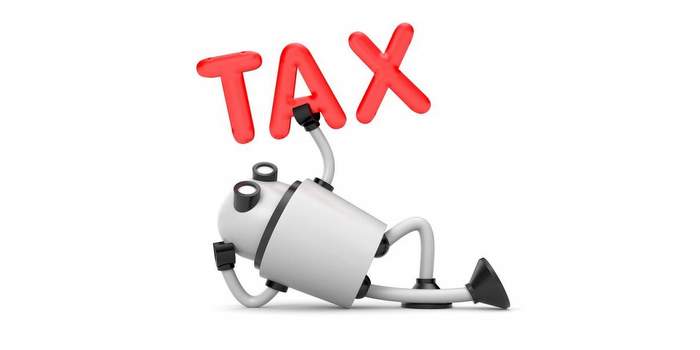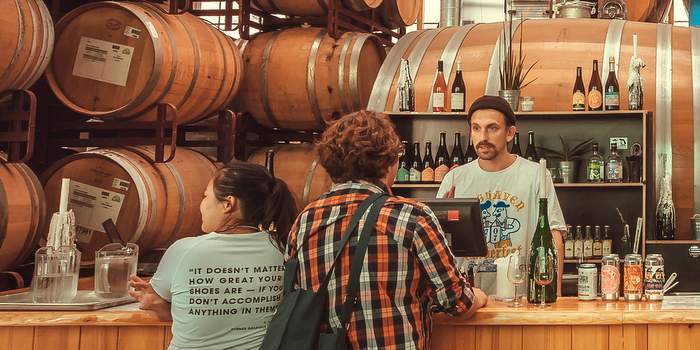Although the growing movement in craft beer is great for the industry as a whole, the increase in the number of microbreweries over the past several years has created a new level of competition. One way for craft breweries to gain a stronger financial foothold in the industry is by taking advantage of various tax incentives and other accounting strategies, which not only positively impact the bottom line, but can encourage practices that give the brewery many differentiating factors.
R&D — present and past
Although other tax credits exist, the Research and Development Tax Credit (also known as the R&D Tax Credit) in particular is perfectly suited to the craft brewing industry because it rewards innovations and improvements such as creating and/or improving the fermentation and distillation process, improving filtration and/or straining methods, developing new mash mixtures, developing new bottling or casking methods and automating processes.
Other, more general activities that can also allow a craft brewer to claim the R&D Tax Credit include:
- Developing new products and/or packaging,
- Improving shelf life and durability of products,
- Making products more nutritious and/or more appetizing,
- Improving food safety,
- Producing samples for sensory evaluation,
- Increasing efficiencies and consistency,
- Reducing scrap rates,
- Reducing environmental impact,
- Spending capital on production equipment for new lines or line expansion, and
- Building a new production facility.
Organizations that have experienced challenges scaling up production may also be eligible for the R&D Tax Credit. For breweries that qualify, wages, supplies and contract research costs associated with R&D projects can all be claimed.
Tax credits may also provide financial relief for years past as well as the current year. Craft breweries looking to take advantage of the R&D Tax Credit should look back to open years — typically up to three years prior — to claim missed credits. And while the R&D Tax Credit is a federal tax credit, there are also 35 states that allow for some form of additional research and development credit. Beyond that, some states also have other credits that may be utilized for fixed-asset additions and increased investment in personnel.
Beyond R&D
In addition to the R&D Tax Credit, there are some secondary credits that, while not as widely available, are still out there. These are especially helpful if a brewery is incurring expenses from payroll or other items.
The R&D Tax Credit payroll offset, enacted as part of the Protecting Americans from Tax Hikes (PATH) Act of 2015, allows eligible breweries (and other small businesses) with little or no income tax liability to offset the R&D Tax Credit against payroll taxes instead of income taxes. To qualify, the brewery must have less than $5 million for the current taxable year and no gross receipts for any taxable year preceding the five-taxable-year period ending with the current taxable year. This claim must be made on a timely filed original tax return, and up to $250,000 of annual federal R&D credits can be allocated against payroll tax liability, beginning in the first quarter after the filing of the income tax return.
Additionally, the FICA tip credit might be applicable if the brewery has a restaurant piece to it, or even simply serves its beer — the common denominator here is that the brewery employs servers who receive tips. Breweries may also want to look in to the Work Opportunity Tax Credit (WOTC). This is a federal tax credit that refunds up to 40 percent of wages for employees who come from certain target groups including veterans, ex-felons and other individuals from groups who have traditionally faced significant barriers in getting hired. Organizations do need to be pre-certified to take advantage of this credit, but the financial incentives could prove incredibly valuable.
Cost segregation studies, while not a credit per se, may also hold some financial advantages for breweries. The advantages to a cost segregation study are potentially the accelerated depreciation of fixed assets — so instead of being required to spread tax deductions for things like a building project over 39 years (which is standard), a brewery owner can reclassify a portion of the cost over an accelerated life (i.e., five to seven years). Further, the reclassified assets may qualify for bonus depreciation or Section 179 expensing, resulting in additional year one deductions. This is especially helpful for brewers just starting their businesses, as it provides one crucial way of maximizing deductions.
In addition to the tax benefits discussed here, craft breweries need to be on the lookout for other opportunities in an ever-changing tax environment, including those outlined in the comprehensive tax reform legislation passed by Congress last December (the Tax Cuts and Jobs Act — TCJA), as well as by incorporating a more integrated/third-party approach to back office support — areas like human resources, general bookkeeping, inventory and others. The environment for craft breweries may be competitive, but by implementing tax credits and other strategies, the opportunities to rise above the competition abound.
Stephen Fuller and Corey Veneziano are both partners at blumshapiro, the largest regional accounting, tax and business advisory firm based in New England.






Leave a Reply
You must be logged in to post a comment.